Nearly 50 soldiers from a unit of the 37th Ukrainian Brigade took part in the opening battle on the Southern Donetsk front, 30 of whom did not return.
The highly trained and NATO-equipped 37th Marine Brigade of the Ukrainian Navy were tasked with spearheading the long-awaited opening blow to the Russian defenses. However, they paid the highest price in the opening counterattack.
The 37th Brigade began deploying near the village of Velyka Novosilka in southern Donetsk Oblast on June 5. Just 20 minutes after they set out, Russian mortar shells exploded around the formation.
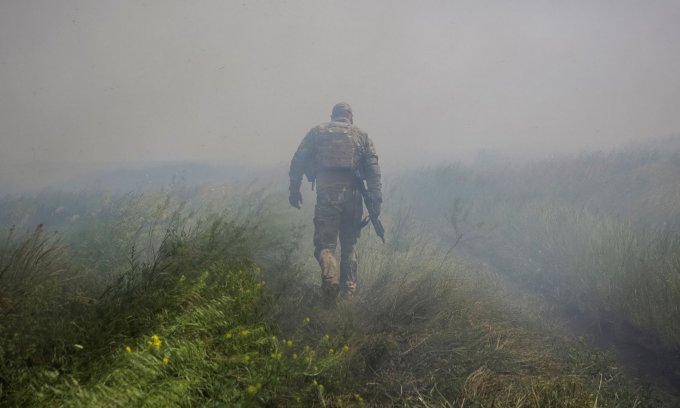
A Ukrainian soldier deploys near the village of Neskuchne on June 13. Photo: Reuters
A 30-year-old soldier nicknamed “Lumberjack” saw two people in the same vehicle bleeding profusely, one seriously injured and screaming for a loved one. Lumberjack dove out of the vehicle and tried to crawl into a nearby shell crater, but shrapnel from a mortar shell pierced the ground and lodged in his shoulder.
"We were left stranded on the battlefield, without main battle tanks or heavy armor to support us. Mortars were pounding our cover from three directions, and the unit was helpless," said Lumberjack.
The Lumberjack unit numbered less than 50 men, of whom 30 were killed, wounded, or taken prisoner. Five of their armored vehicles were destroyed within an hour of advancing.
The accounts of survivors, including Ukrainian soldiers training in Europe and American volunteers, show the ferocity of the counteroffensive, far from the army’s upbeat rhetoric. The heavy losses suffered by the Lumberjack brigade also show the price the Ukrainian leadership was willing to pay to breach the Russian line.
Ukrainian authorities said they had recaptured several villages on the road near the border between Zaporizhzhia and Donetsk provinces, about 140 km north of the city of Mariupol.
Serhii Kozachynsky, a spokesman for the 35th Independent Marine Brigade, said the unit had taken part in the assault on the two villages without Western-supplied equipment. Unlike some of Ukraine’s so-called “iron fist” brigades, the 35th Brigade had never trained abroad.
"The soldiers have a lot of incentive to end the fighting as soon as possible. They can complete the assigned tasks without full equipment," Kozachynsky said.
However, even with full weapons provided by the West, Ukrainian soldiers still had to expose themselves to overwhelming firepower from the Russian army.
Grey, Lumberjack’s comrade in the 37th Brigade, said the Russians shelled non-stop for an hour and a half, with shrapnel piercing the thin armor of the AMX-10RC light tanks that France had donated to Ukraine. “They were not able to protect the soldiers and had to deploy behind the infantry, instead of moving forward to provide cover,” Grey recalled.
Lumberjack had to crawl more than 300 meters through mortar fire to find cover in the nearby trees. "Everyone thought we would get support, but nothing happened. My unit commander had little combat experience and was expecting artillery support, so he was confused when the artillery did not open fire," the Ukrainian soldier recalled.
The Russian shelling stopped after two hours, allowing Ukrainian units to regroup and advance. “We made a lot of sacrifices, but we got results,” Lumberjack said.
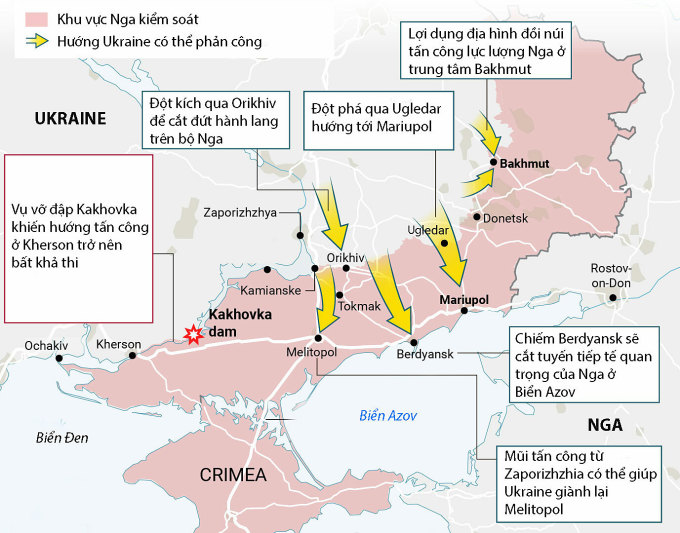
Ukraine's potential counterattacks. Graphic: Times
Lumberjack's injuries were far less severe than those of his comrades, but shrapnel remained lodged in his shoulder, making it difficult for him to use his weapon. The soldier planned to return to the capital Kiev for treatment, while Grey wanted to continue fighting and take the place of those who were exhausted after the opening battle.
"We had to keep going. We were all afraid of death, but we understood there was no other choice," said Grey.
Vu Anh (According to Washington Post )
Source link


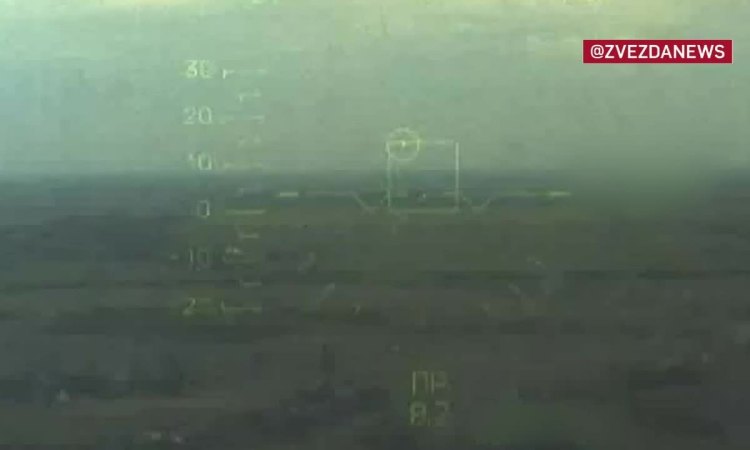


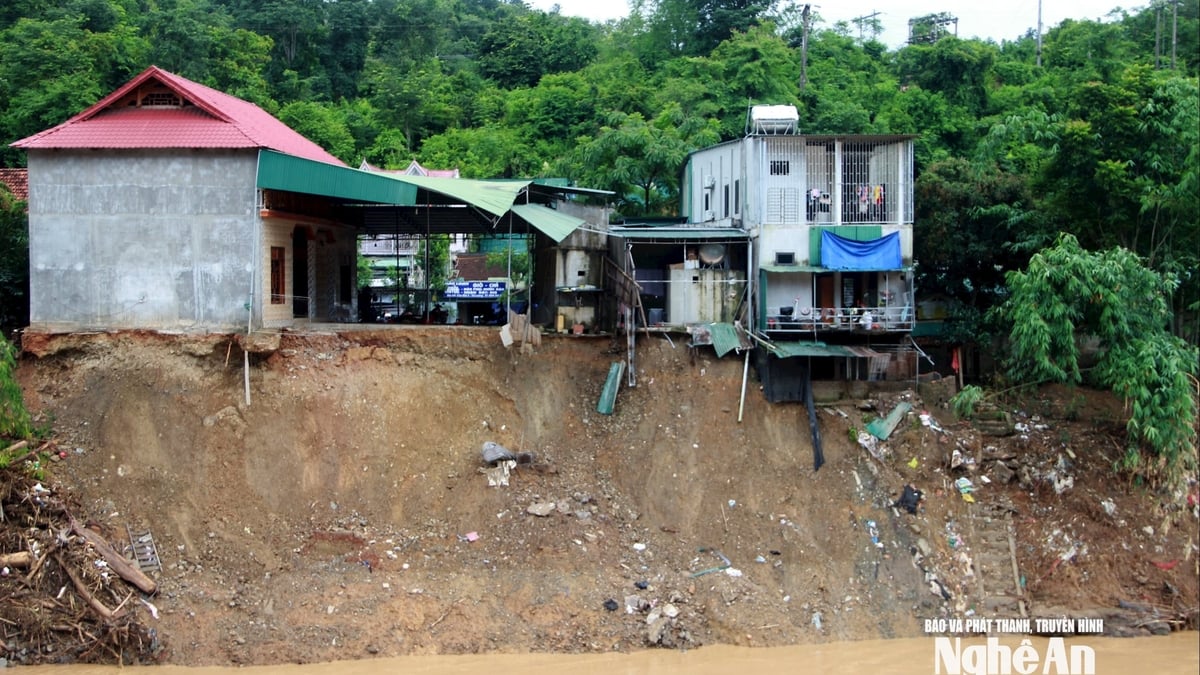
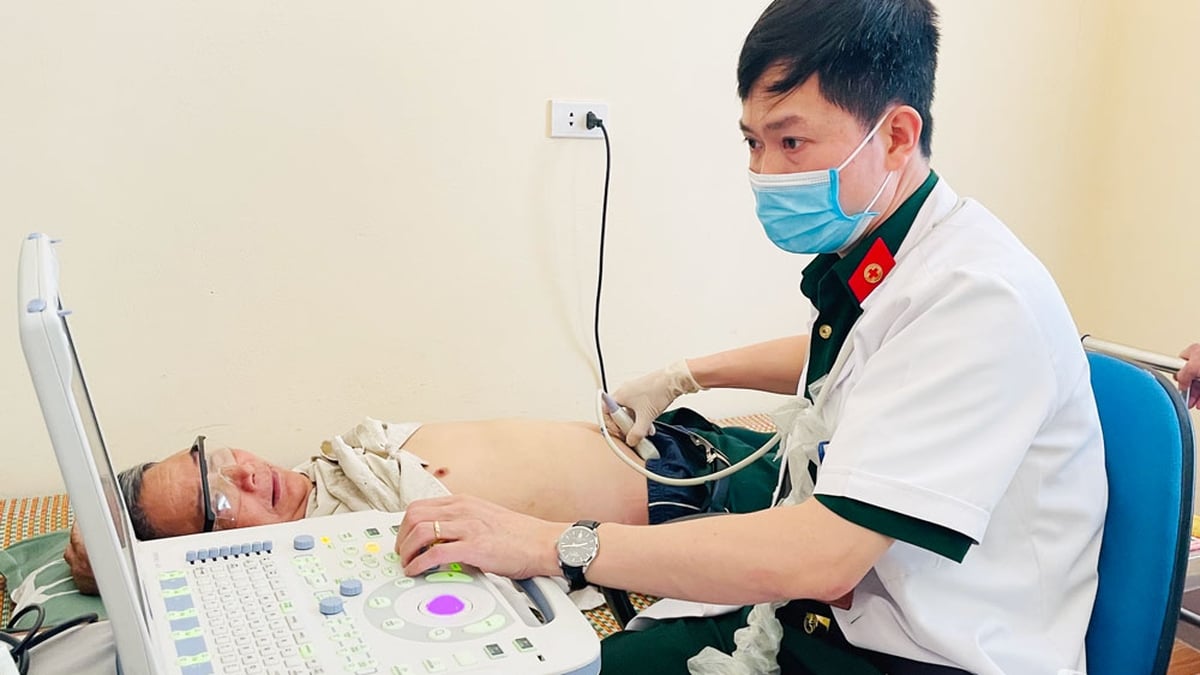
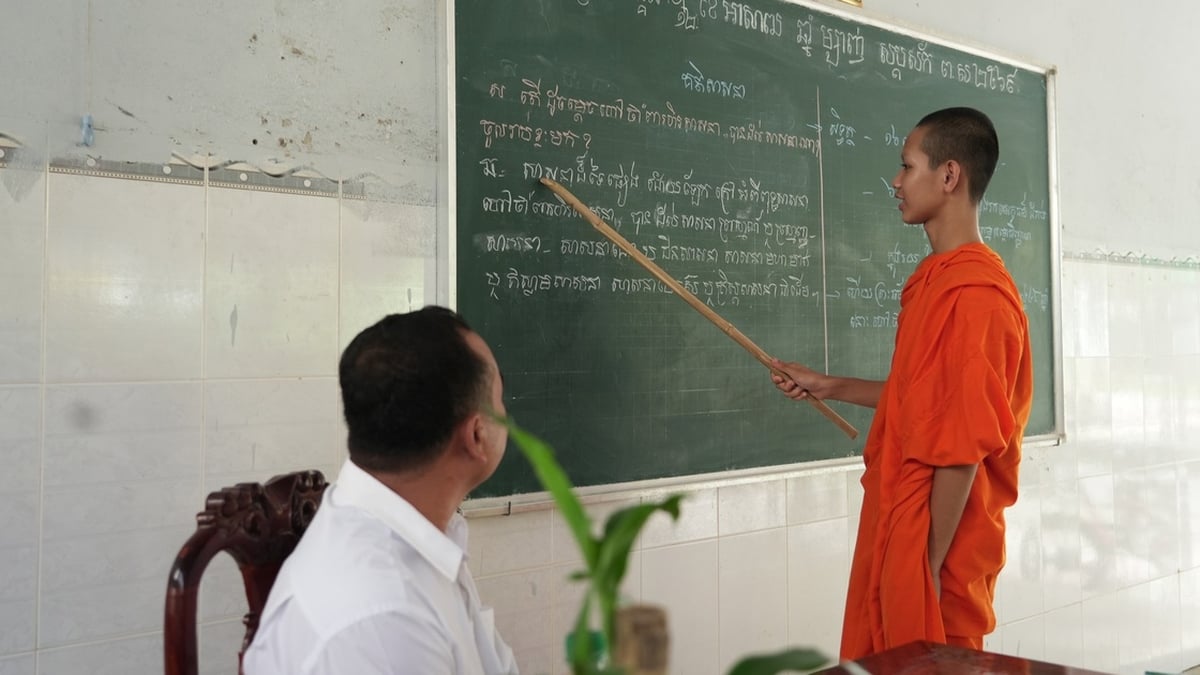



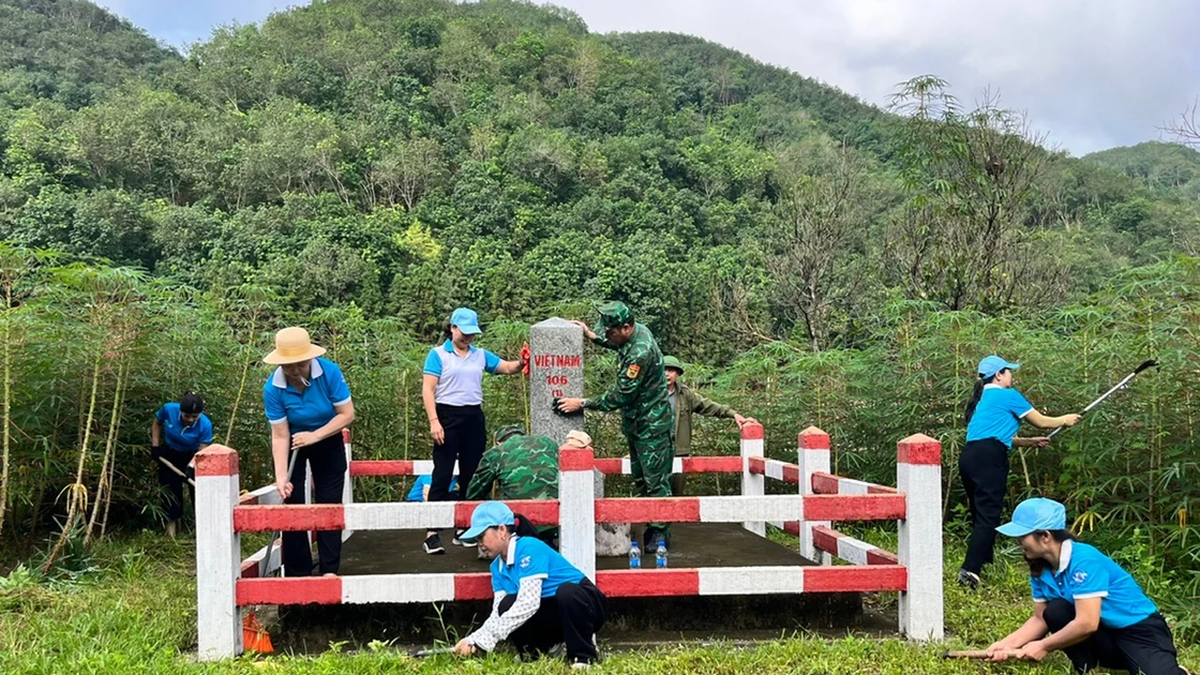













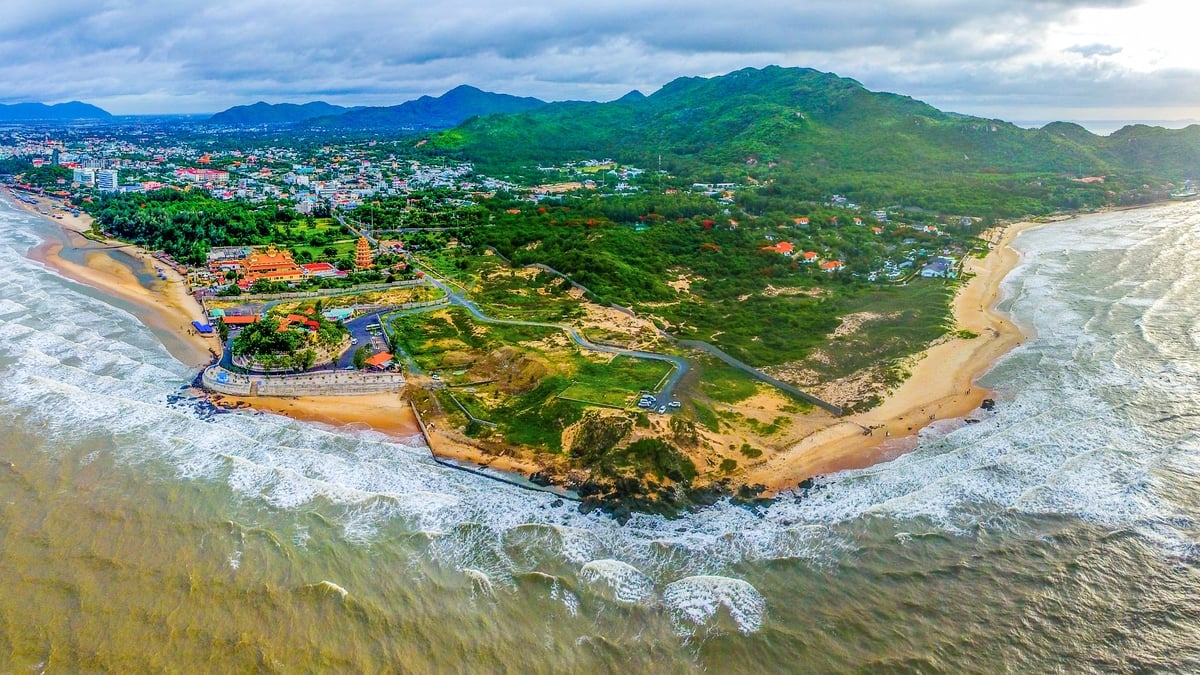




















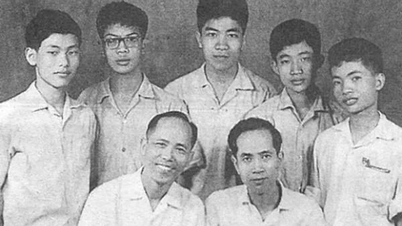








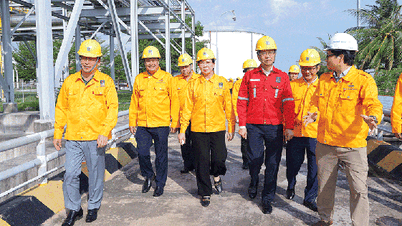







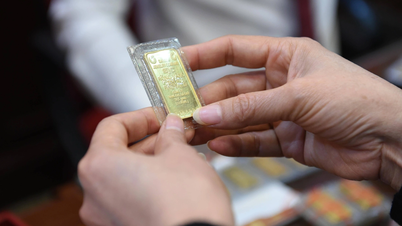







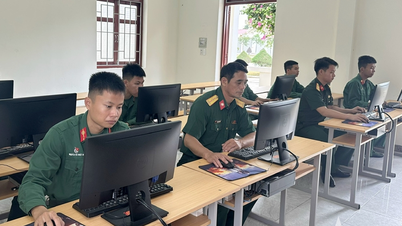





























Comment (0)